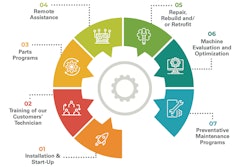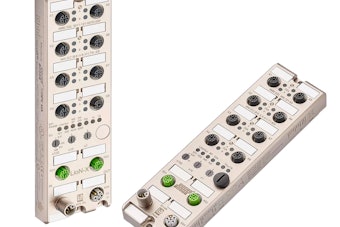
After a semester of helping students craft packages for design competitions, I ask them to do something that never fails to generate a lot of blank stares: create a budget for their package. Before I give them any direction on how to create a budget, I assign homework that asks, “How much will it cost to manufacture your package design?” If there are 10 teams in the class, this is what generally happens:
1. Three teams will be unable to deliver anything but a random guess. While some will stumble upon accurate predictions, others come up with mind-boggling calculations using numbers from goodness-knows-where.
2. Three teams will review the cost of similar products on Uline to approximate the cost of their projects.
3. Three teams will find similar stock packaging and determine the cost-weight ratio or cost-volume ratio and multiply to arrive at their final figure.
4. One team (usually the team struggling the most with their design) will act like a buyer, calling a supplier and convincing a kind salesperson to deliver a quote. Many of these teams have learned to divide and conquer, with each calling a different supplier, resulting in multiple quotes. It’s an impressive boost for their morale and smiles abound on presentation day.
The students report their budget estimates alongside their designs. The standard distribution is high, from beautifully complex packages that cost $15 a unit to the efficient standard design coming in under a dollar.
Student perspectives immediately change (for the most part) when they see how much their design costs. This is when they really learn what the “I” means in ROI, especially those who create complex designs or octagonal cartons. No matter the complexity of their design, I have them approximate costs for labor, printing, and complex finishing. For whatever students assign for hourly labor, I have them add 40% to that to account for those unforeseen expenses that inevitably happen. Those with the most complex designs are often surprised at how much it costs to pay someone to assemble that crazy insert they designed. Needless to say, redesigns often follow. The team that benefits most from the budgeting process is usually the one that expended the least amount of effort. It’s a lesson learned by the entire class: Students act as brands, and they all benefit by bringing in a packaging supplier as early as possible.


















